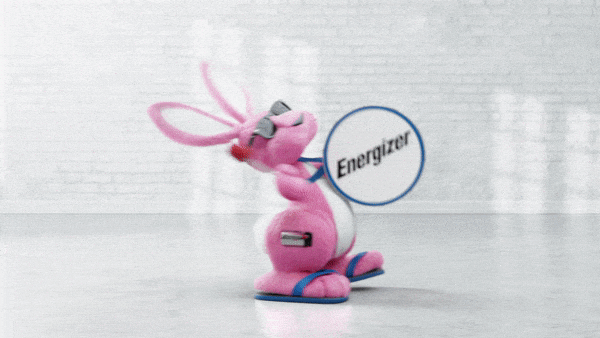Hey there!
Meet Cathryn Lavery, co-founder of BestSelf—the journaling and productivity brand that began on Kickstarter and went on to do $45M+ in sales.

Like Joseph Choi and Adam Robinson, Cathryn validated before building. She pre-sold her Self Journal on Kickstarter, raising $326K in 30 days. And within 9 months, she hit $2.2M in sales.
In the next 6 minutes, you’ll learn:
How to turn reviews into marketing gold
Why rebuilding lean can beat hiring fast
How to manage energy, not just time
Smart ways to collect reviews that actually persuade
Let’s dive in.
A nugget of wisdom
Most founders know customer reviews are valuable. But Cathryn takes this one step further: she uses AI to pull “golden nuggets” from customers. These are the exact words people naturally use when they’re excited, relieved, or surprised.
Why should you do this?
Authenticity. Customers describe your product in ways you’d never script yourself. (“This finally made me feel in control of my mornings” hits harder than generic language like “Boosts productivity.”)
These snippets become effective ads, landing page hooks, or email subject lines.
AI makes this scalable. You can upload thousands of reviews, prompt it to extract emotional or benefit-heavy sentences, and then bucket them by audience type (productivity seekers, relationship builders, etc.).

Try it yourself:
Export reviews.
Prompt your favorite AI with something like: “Pull unique one-liners or snippets where customers describe transformations, results, or emotional outcomes.”
Test these lines in ads and emails. Even one “golden nugget” can outperform polished copy.
Cathryn called this the biggest AI unlock for her marketing. It’s the perfect way to instantly surface authentic messaging that resonates.
The reboot

Cathryn sold BestSelf in 2022, only to buy it back 14 months later when the private equity firm that originally purchased it struggled to hit targets.
Instead of rebuilding the same 10-person team, she restarted lean, using AI to handle repetitive tasks and then hiring contractors ad hoc for projects like Amazon audits or ops cleanup.
When you’re starting from scratch—whether it’s launching a product, pivoting, or rebooting—don’t automatically re-create what you had before.
Ask: What can be streamlined? What can stay flexible?
That reset is an opportunity to optimize the business around your current needs. This could mean letting AI automate repetitive tasks, hiring freelancers instead of full-timers for one-off projects, or trimming your product back to the features customers actually use.
Renewable energy

Most productivity advice tells you to squeeze more into your calendar.
Cathryn grew up with undiagnosed ADHD, which gave her a different philosophy: focus on energy management, where your mental and creative fuel actually goes.
Cathryn’s take:
Time-blocking doesn’t help if you’re burned out.
High-output work (designing, creating frameworks, making decisions) only happens if you’re not drained by the low-output work.
AI’s advantage is speed. It filters out the energy vampires (emails, SOPs, “blank page” starts), letting you focus on the meaningful stuff.
For any content, Cathryn has AI create a 50% draft and edits from there—way less energy-draining than facing a blank page. She also uses AI to generate quick replies for emails she’s been procrastinating on and sets up automated reporting so she’s never stuck copy-pasting numbers. (Here’s a quick tutorial on how to automate reporting.)
Cathryn also builds accountability into her routines to beat procrastination. She’ll commit publicly to 30 or 100 days of output, which makes it harder to slack when motivation fades.
By sharing progress updates instead of just announcing her goals, she swaps quick dopamine hits for steady momentum. This kind of external pressure keeps her going on the boring days.
TL;DR: Don’t ask “Do I have time for this?” Ask “Do I have the energy for this?”
👉 For even more insights, watch the full video here.
Before you can mine gold from existing reviews, you first need a steady stream to work with.
Her are some of our favorite ways to get more (and better) reviews:
Ask at peak excitement when emotions are highest (e.g., right after unboxing, onboarding, or their first win).
Guide the response. Instead of “Leave a review,” give prompts like “What surprised you most?” or “What problem did this solve?”
Share reviews publicly. Highlight them in emails or socials so customers see their words matter.
Use milestone triggers. Automate email asks at 30/60/90 days when customers typically hit success.
Personally nudge power users. We recommend actually writing these comms yourself instead of automating. Your top 10% fans tend to write the most persuasive, story-rich reviews.
Got a favorite way to manage your energy or a trick that keeps you going when motivation dips? Hit reply and let us know!
❤️ & 🌮,
The AppSumo Team
P.S. Finding Mind Your Business useful? Spread the love and share this with a friend!